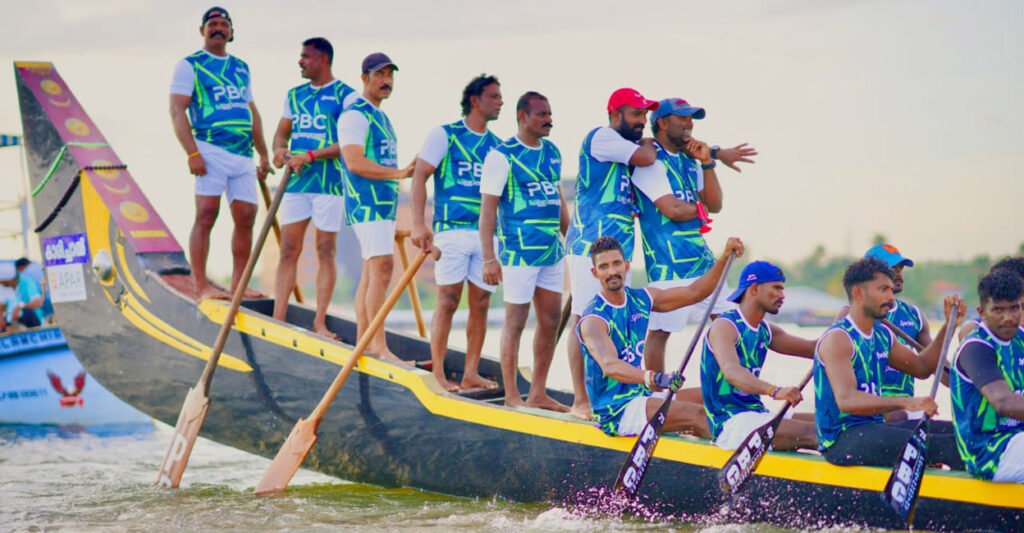Have you ever wondered how rowers who participate in events like the Nehru Trophy Boat Race manage to row in a half-hip position and in the same motion for long periods of time? This is no easy task. , you need significant upper body strength in your arms, shoulders, back, and core to be able to paddle consistently and successfully. Additionally, you need to be in rhythm and well-coordinated to achieve fast, synchronized paddling that generates speed and power. Former Mr. Kerala, John Sebastian, is also a first-time rower with reigning champions Palatulthy Rowing Club, and he has revealed how he trains for it.
push ups
John, who won the right to participate in the PBC team after passing the selection exam, revealed that the selectors asked him to do push-ups. “We were asked to do as many push-ups as possible, which is one of the most important exercises in boat race training camp. We are made to do about 100 push-ups at a time,” he said. says. Push-ups develop the endurance and strength needed for sustained, powerful rowing in such events.
chest press
To do this, lie on a bench, hold dumbbells in each hand, push up until your arms are straight, lower them to chest level, and repeat this motion. It strengthens the pectoral or pectoral muscles in your chest and helps you row more powerfully.
barbell row
This exercise involves holding a barbell in both hands, bending your hips, and slightly bending your knees. Then pull the barbell toward your lower rib cage and repeat the motion. This exercise helps rowers maintain proper posture during a boat race and also improves muscular endurance.
running
Interestingly, those who want to become good rowers will also have their running skills put to the test. “At the trial, people were asked to sprint for a while. A good sprint shows whether a person is willing to row the same motion over and over again for several minutes,” explains John. .
flexibility training
John is a bodybuilder, but says none of his routines and exercises are useful for rowing. “When I first came to the trials, they were reluctant to choose me because they felt the repetitive motion of rowing would make my muscles stiff,” John reveals. However, he requested to test the boat’s potential and was awarded a spot after the selectors were satisfied that his body was flexible enough. “Various flexibility routines and stretches are important to keep your body agile for events like this,” says John.
rowing
All other exercises are important, but rowing is the most important. “That can only be learned by actually practicing rowing on lake water,” explains John. “We were doing interval training, rowing for 10 minutes, then resting for a few minutes, and repeating this routine,” he says.

